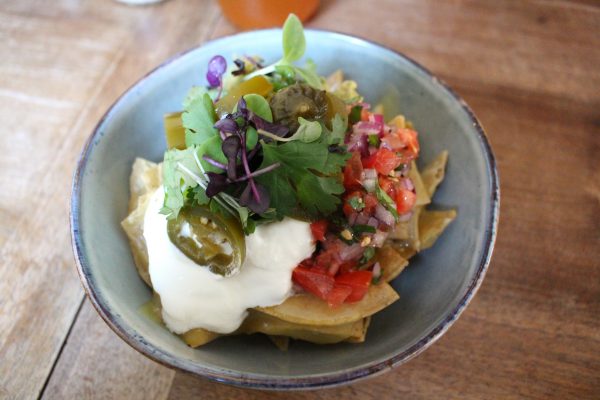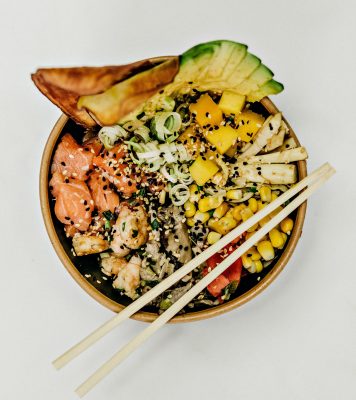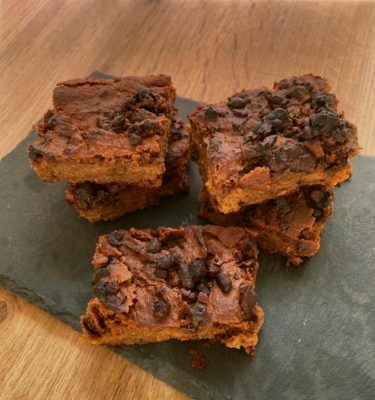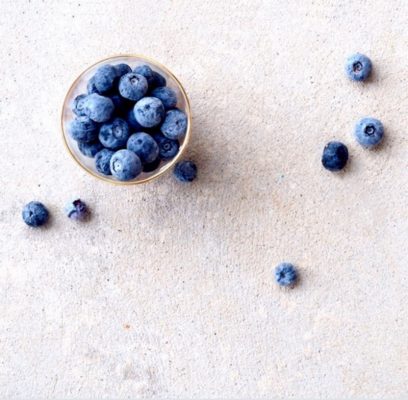Columns
TEFF – Tiny but Mighty!
I like to celebrate whenever I see small things making big impacts!
I have known about Teff for quite some time but apart from making a few crepes out of it in the last few years, I did not use it a lot. Last month Teff allowed me to perfect my vegan gluten-free chocolate cake recipe. I made quite a few trials using Teff and every single time I used it, I wanted to know more about it. Hence began my journey into the fascinating world of Teff!

ORIGINS
An ancient staple grain from Ethiopia and Eritrea, Teff [Eragrostis tef (Zuccagni) Trotter] comes in a variety of colours, from white and red to dark brown. It is a low-risk grain because it can be cultivated in a broad range of ecological surroundings and it is resistant to harsh conditions like water clogging or storage pests. I have read that it is almost always grown and stored under organic conditions; That’s a huge plus for me!
Apparently, the word Teff comes the Amharic word teffa which means “lost” because it is so easy to lose if dropped!
What is making Teff a rising star in the world of niche grains like Quinoa & Amaranth?
The demand for gluten-free grains with high nutritional value steered the demand towards Teff. The grain is husk free and due to its small size, it is always milled into a whole grain flour resulting in a high fibre nutritional food. Teff can be used as a substitute for wheat & other gluten-rich cereals in several recipes to make bread, pasta, pastries, cakes, biscuits etc. It is a blessing for people suffering from celiac disease, and good news for diabetics and gluten-free diet seekers.
Nutritionally speaking, Teff is highly valued! Why is that?
If we look at the nutrient content* of different grains Teff has higher:
- Iron** content than all cereals
- Calcium content than almost all cereals
- Magnesium than all cereals except quinoa, millet, buckwheat & amaranth
- Copper content than all cereals except buckwheat
- Zinc content than all cereals except oats, wild rice, wheat
- Manganese than all cereals

Other benefits of Teff include:
- It has high levels of potassium, vitamin B3 (niacin), thiamine and riboflavin.
- It has a good balance of essential amino acids, especially lysine, the amino acid which is often deficient in grains. Teff contains more lysine than barley, millet, and wheat and slightly less than rice or oats.
- It is a good source of essential fatty acids.
Grains compared: Amaranth, Barley hulled, Buckwheat, Cornmeal, Kamut, Millet, Oats, Quinoa, Rye, Sorghum, Spelt, Wheat, Bulgur, Durum, Wild Rice
*from USDA (U.S. Department of Agriculture)
**Although genetic and environmental factors like the soil affect the iron content of Teff, it is still a better source of iron than other cereals like wheat, barley, sorghum, and maize.
OKAY! So if consumed regularly, Teff has many benefits:
- it balances cholesterol levels
- it reduces blood sugar levels
- it lowers the risk of developing cardiovascular diseases
- it keeps the colon healthy due to its high fibre content
- it is great for weight management
- it is good for bone density especially if you are suffering from osteoporosis
- it is supposed to boost iron levels & prevent anaemia – but I have found contradicting studies on this subject.
There are other benefits but I only included those for which I have found conclusive studies. If you take into account the richness of Teff in proteins, carbohydrates, fats, vitamins and minerals I am sure that it does a lot more, especially when consumed regularly.
What can we make out of Teff?
If you have been to an Ethiopian restaurant, you know Injera, the sourdough flatbread which serves as a base for lentils and other dishes. Injera is like a soft, thin pancake with a sour taste. It is commonly made from 100% teff flour, but it can be mixed with sorghum or wheat.
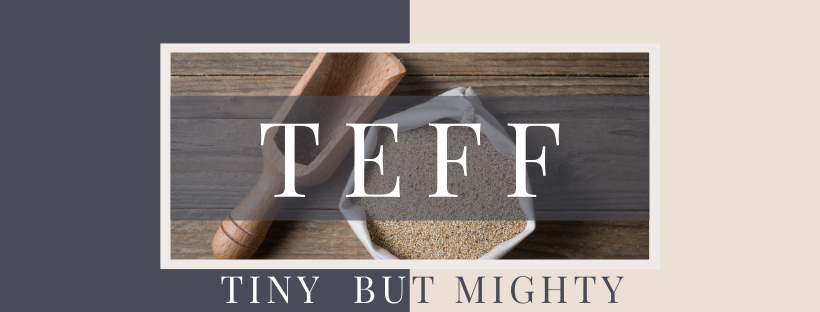
BUT
The whole grain or its flour can be used for making:
- Biscuits, cakes, cookies – Check out my gluten-free vegan TEFF chocolate cake recipe – links at the end of the article!
- Porridges and puddings
- Pancakes, crepes, tortillas, bread – replace wheat completely with teff in your crepes or pancake recipe
- Soups, stews and sauces,
- Beer
It can also be prepared as a grain like quinoa or rice. 1:2 ratio of grain to water should work (I have not tried it yet) but I am sure that since it’s such a small grain it will cook really fast, so don’t let it out of your sight while cooking 😊
Where can I buy Teff?
You can buy the grain or the flour:
- in Organic Stores
- in Fairtrade Stores
- Online
Fun Facts
Teff grain is tiny size of less than 0.8 mm in diameter.
100-150 grains of teff = 1 kernel of wheat.
3000 teff grains weigh just about one gram!!!
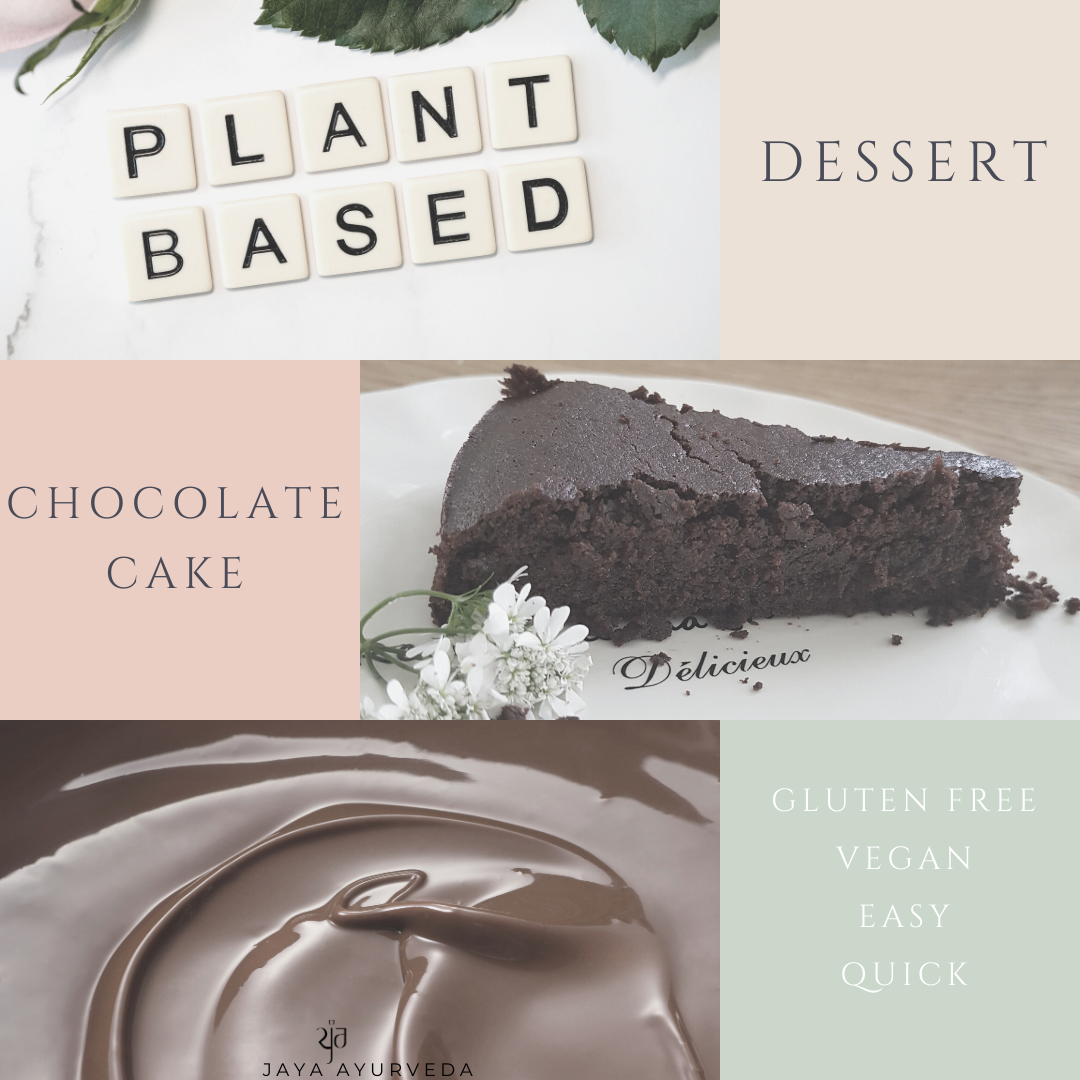
Ayurvedic classification of Teff
I could not find an authentic ayurvedic classification of Teff. But Teff & Finger Millet belong to the same subfamily Chloridoideae. Finger Millet is classified in the classics as
- alleviating Kapha & Pitta, increasing Vāta
- astringent & sweet taste
- Cold in potency and unctuous
Hence, Teff would tend to be closer to these specifications but hopefully, with usage I can validate this. In any case, if you eat a balanced diet of a variety of different food items and do not overuse one of them, then it will not create an imbalance in your Indian crepes, the doshas.
My Gluten-free vegan chocolate cake recipe with Teff
Facebook page: https://www.facebook.com/112849653432189/posts/253170082733478/
Or Instagram: https://www.instagram.com/p/B_YItl2n8_T/?igshid=17q6f4u6e5o30

